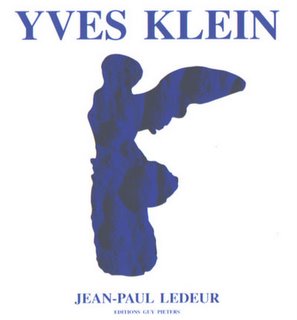
It is December 26, 2005, and I am full of the sensations of Life of the last few days. This afternoon, as we flew on a “small jet” from Houston, landing at the airport in Raleigh, the wind was gusting and the pilot, after dropping low enough to know, decided to ascend again, make another circle and land, since the wind “exceeded our limits.” In the plane we could feel the wind of course in a different way than when we are in a car, on a boat, walking on a sidewalk, in an open field. The sky was clear, and the scene below us was lovely and pleasant and filled with shades of green and gold, with patterns of white and dark roofs that looked like scattered bark. The airports, as always during holidays, were full of “themselves,” and the air, smells, sounds, and all sensations have their own Airport Life. The family Christmas time at my sisters’ family in Houston was good, and has its own familiar fun. Houston was warm and clear, with a breeze that got a bit chilly after sunset as we sat on the rockers on the front porch and watched Ellen ride her scooter down the street and her dog Maggie run beside her.
Other Art Bits to Add:I was reading Rebecca Solnit’s Field Guide again on the airplane and read about Yves Klein. Here is one quote for the day:
“’Klein used color,’ writes art historian Nan Rosenthal, ‘as though it could be an explicit and overtly political tool for ending wars.’” Klein seemed to think a lot about death, dying, and disappearing. And the color blue. He patented his own blue pigment (IKB, International Klein Blue), and initiated his own “Blue Age.” The ritual of disappearance and letting go was an image of the creative act and art of life. I have been thinking about Klein, blue, disappearing, our perceptions of loss, life, leaping, colors a lot since this afternoon. Reading this has also brought back to my mind a book I bought years ago called The Time Falling Bodies Take to Light. Also Elvis Costello’s version of Almost Blue. And my own fascination with leaping and falling. Since I was a child, I have had certain images in my mind, familiar sensations within me, of leaping and falling, and Klein’s Leaping into the Void image fits perfectly into my “archives of memory.”
Check out the Art of Artistic Restoration, where I found this Klein image

